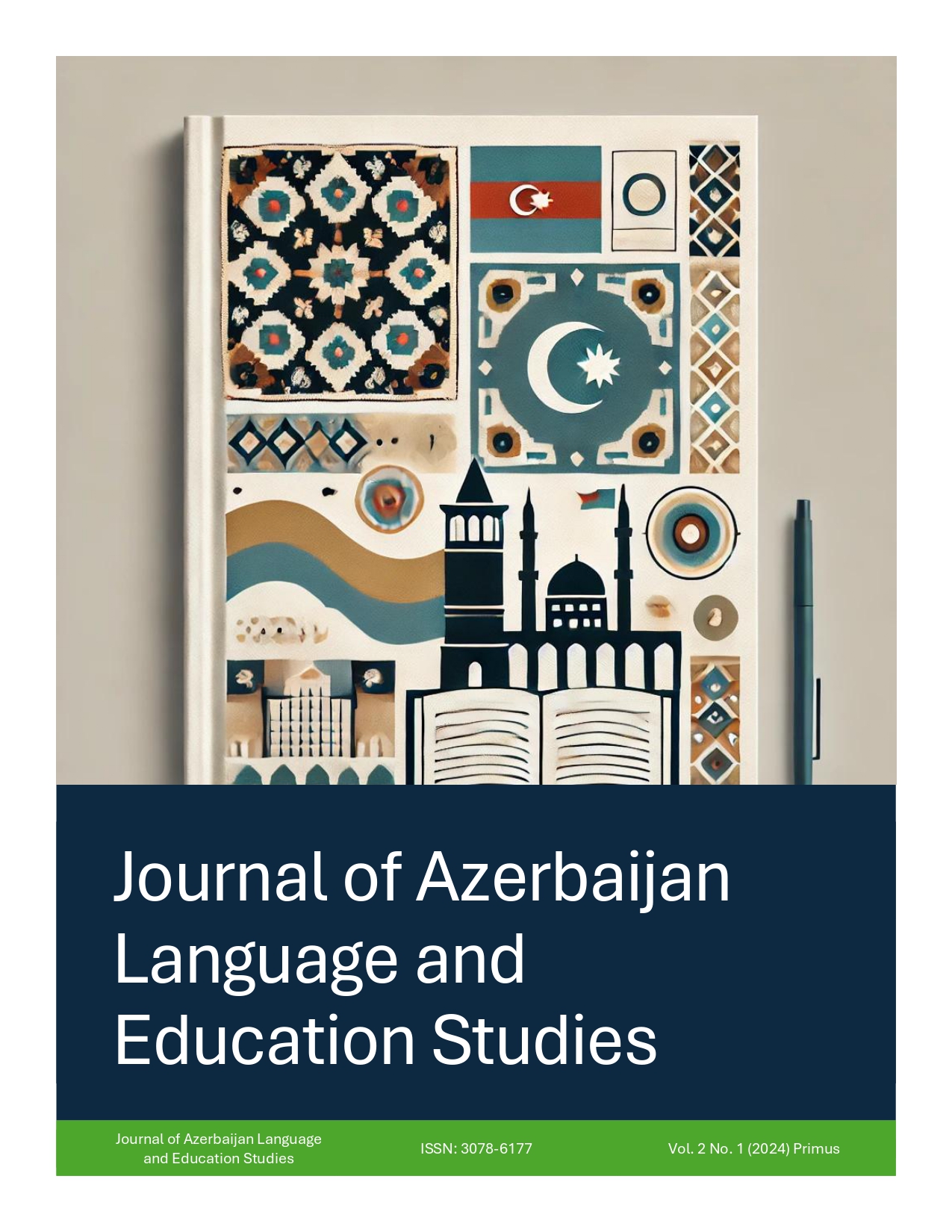Idiomatic Expressions and Their Impact on Lexical Competence
DOI:
https://doi.org/10.69760/jales.2025001002Keywords:
Idiomatic expressions, lexical competence, language learning, vocabulary expansion, cultural literacy, language educationAbstract
Idiomatic expressions are integral to the richness and depth of language, offering nuanced meanings that extend beyond literal word definitions. This article explores the significant impact of idiomatic expressions on lexical competence, arguing that mastery of idioms enhances vocabulary breadth, cultural literacy, and the ability to communicate with precision and expressiveness. By defining idiomatic expressions and distinguishing them from literal language, the article establishes a foundational understanding of their role in language proficiency. It delves into how learning idioms not only expands a speaker's vocabulary but also deepens their cultural awareness, enabling more effective and culturally sensitive interactions. Academic research is examined to demonstrate the positive correlation between idiom knowledge and lexical competence, while language acquisition theories, such as Vygotsky's Interactionist Theory, support the integration of idioms into language learning curricula. Practical examples from various contexts, including business, literature, and daily conversations, illustrate the tangible benefits of idiomatic proficiency in real-world communication. The article also addresses common counterarguments, such as the complexity and potential for misunderstanding associated with idioms, and proposes solutions like contextual learning and extensive usage practice to mitigate these challenges. Finally, the implications for language education are discussed, emphasizing the need for curriculum development, innovative teaching strategies, and comprehensive assessment techniques to foster comprehensive lexical competence. The article concludes by highlighting the enduring importance of idiomatic expressions in achieving fluent and culturally aware communication, underscoring their vital role in the future of language learning.
References
Abel, B. (2003). English idioms in the first language and second language lexicon: A dual representation approach. Second language research, 19(4), 329-358.
Alisoy, H. (2023). Enhancing Understanding of English Phrasal Verbs in First-Year ELT Students Through Cognitive-Linguistic Methods.
Alisoy, H. (2023). Evolving vocabulary: Bridging colloquial and standard English in communication. Norwegian Journal of development of the International Science No, 120, 89.
ALISOY, H. (2024). LANGUAGE AND THOUGHT: EXPLORING PHILOSOPHICAL CONNECTIONS. TƏRCÜMƏŞÜNASLIĞIN MÜASİR PROBLEMLƏRİ, 205.
Asadova, B. (2024). From Utopia to Dystopia: The Cyclical Nature of Power in Orwell’s Animal Farm. EuroGlobal Journal of Linguistics and Language Education, 1(1), 26-32. https://doi.org/10.69760/adgtgb51
Bobrow, S. A., & Bell, S. M. (1973). On catching on to idiomatic expressions. Memory & cognition, 1, 343-346.
Cacciari, C., & Glucksberg, S. (1991). Understanding idiomatic expressions: The contribution of word meanings. In Advances in psychology (Vol. 77, pp. 217-240). North-Holland.
Cieślicka, A. (2006). Literal salience in on-line processing of idiomatic expressions by second language learners. Second Language Research, 22(2), 115-144.
Drew, P., & Holt, E. (1988). Complainable matters: The use of idiomatic expressions in making complaints. Social problems, 35(4), 398-417.
Irujo, S. (1986). Don't put your leg in your mouth: Transfer in the acquisition of idioms in a second language. tesol Quarterly, 20(2), 287-304.
Liu, D. (2017). Idioms: Description, comprehension, acquisition, and pedagogy. Routledge.
Downloads
Published
Issue
Section
License
Copyright (c) 2025 Journal of Azerbaijan Language and Education Studies

This work is licensed under a Creative Commons Attribution-NonCommercial-NoDerivatives 4.0 International License.




